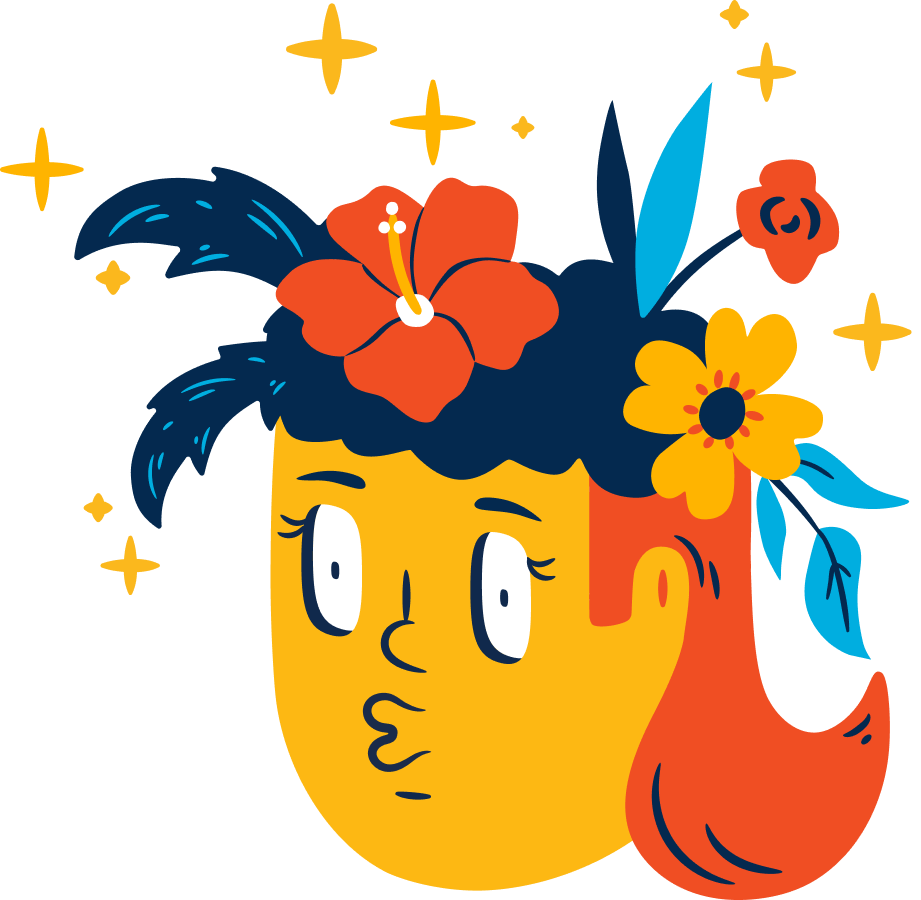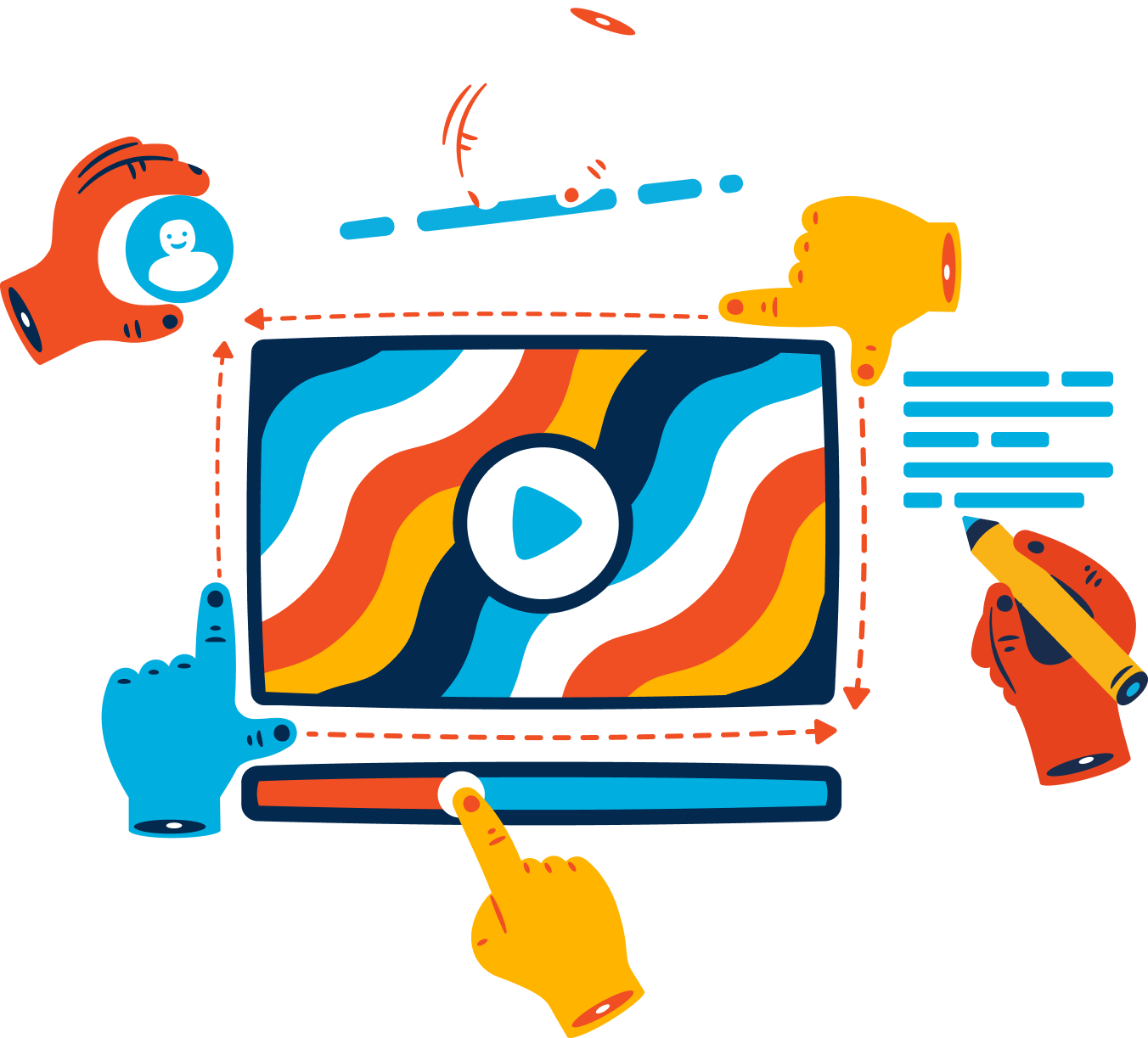21st October 2025
Earlier this year (2025), Wired reported that a new wave of AI startups in Silicon Valley is adopting the "996" schedule: working 9am to 9pm, six days a week. Borrowed from China's tech scene – where it gained notoriety for burnout and backlash – the model is being reframed as a competitive edge. One founder quoted in the piece claimed that "standard working hours are a luxury for legacy companies."
But the evidence tells a different story. Far from being a productivity boost, 996 is a burnout blueprint. It erodes the very qualities innovation depends on: energy, cognitive flexibility and sustainable creativity. In China, the courts have already ruled it illegal. Now the West risks importing a model that its country of origin is trying to leave behind.
If long hours drove performance, the data would support it. It doesn’t. A Stanford University study found that productivity per hour drops sharply beyond 50 hours of work a week. Past 55, there is no net gain – just diminishing returns and more mistakes. In knowledge work especially, fatigue leads to lower quality, poorer decisions and eventual rework. Globally, many of the most productive economies – such as the Netherlands – work fewer hours than their lower-output peers. More hours do not equal more value.
The cognitive cost
Creativity and good judgement require a rested brain. The Whitehall II study in the UK found that people working more than 55 hours per week scored lower on cognitive tests and showed faster long-term decline. Elsewhere, a South Korean study using MRI scans showed structural changes in the brains of overworked individuals – in areas linked to executive function and emotional regulation. Essentially, overwork is unsustainable.
The health effects are equally clear. A 2021 joint report by the World Health Organization and International Labour Organization found that working 55+ hours a week raised the risk of stroke by 35% and heart disease by 17%. At the mental health level, long hours are a major driver of burnout – a condition now formally recognised by the WHO. During the pandemic, 46% of U.S. health workers reported regular burnout, up from 32% in 2018.
Is 996 really on the rise?
The Wired piece isn’t isolated. In San Francisco, AI startups such as Mercor and Rilla openly advertise six-day, 70-hour weeks as a badge of ambition. Some offer housing and food perks to support what is effectively a live-to-work regime. One founder bragged on social media that his team does some of its best work late into the night and across weekends. In several cases, job ads state upfront that 996-style schedules are not negotiable.
While not yet mainstream, this ethos is gaining traction in early-stage, venture-backed firms – especially those racing to commercialise generative AI. For some founders, extreme hours are a feature, not a flaw. But the backlash is growing too. At Twitter/X, hundreds of employees left after being told to embrace "extremely hardcore" work or resign. In the UK, staff exoduses followed attempts to enforce 996-like practices at TikTok’s London office.
There is a narrative – especially in tech – that innovation demands intensity. But research shows the opposite. Harvard Business School has found that chronic time pressure reduces creative output, even if people feel more productive. Fatigue narrows our perspective. Long hours may increase activity, but they often reduce insight.
Prevention as performance strategy
What’s the alternative? It is not about low ambition. It is about designing for sustainable high performance. At On Wellbeing, we work with organisations that want to move beyond surface-level wellness. Our platform doesn’t offer mindfulness reminders or generic fitness goals. It builds mental health literacy, self-care skills and real resilience – quietly, privately and at scale. Employers use it to reduce burnout, but more importantly, to raise baseline performance by investing in psychological capability. The goal is embedding resilience into how people work, not just how they feel.
So 996 is not a sign of high standards. It’s a sign of fragile systems. And fragile systems break. The companies that will lead the next decade won’t be those extracting more hours. They’ll be the ones designing work around how humans deliver their best: with energy, trust and time to think. Because in the end, the real productivity hack isn’t working 12 hours a day. It’s staying well enough to work at your best – day after day.





